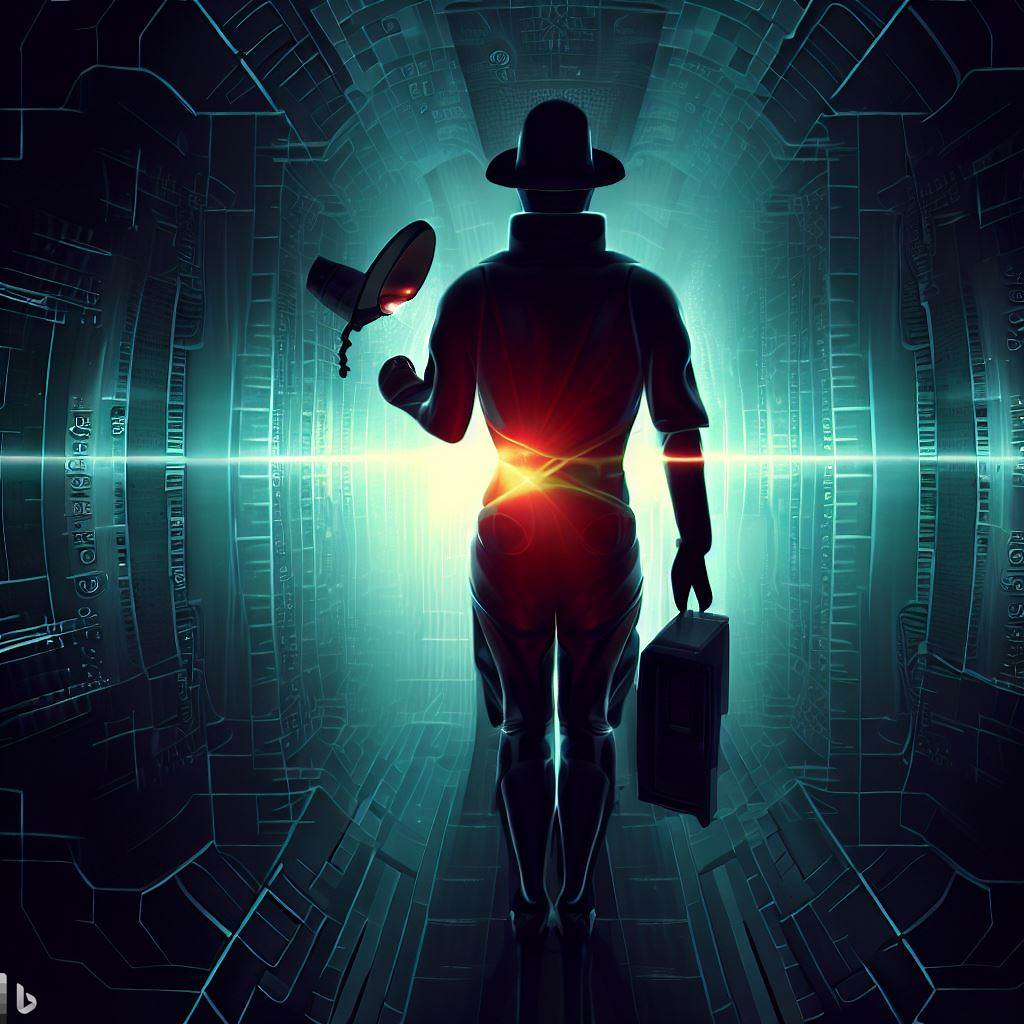How Does Turnitin Detect ChatGPT?
As we advance into the era of artificial intelligence and machine learning, the proliferation of AI writing tools has grown significantly. One tool that has caught the attention of many is ChatGPT, a language model developed by OpenAI that has the capability to generate human-like text. However, in an academic context, this has raised concerns about maintaining academic integrity. The central question that educators and institutions are asking is: how does Turnitin detect ChatGPT?
Understanding Turnitin
Before we delve into the specifics of how Turnitin detects AI-generated content, it’s crucial to understand what Turnitin is and what it does. Turnitin is an Internet-based plagiarism detection service primarily used by higher education institutions to prevent plagiarism and promote academic integrity. It works by comparing submitted work of students against its extensive database, which includes academic papers, articles, books, and a vast range of internet content.
How Does Turnitin Work?
Turnitin operates by using a unique algorithm that analyzes the submitted text. It identifies strings of similar text between the submitted work and the database’s contents, thereby determining the percentage of similarity. However, it’s essential to note that Turnitin itself doesn’t label work as plagiarized. Instead, it generates a similarity report which showcases the percentage of similarity, leaving the interpretation and final judgment to the educators or institutions.

Similarity Report: A Vital Feature of Turnitin
The similarity report generated by Turnitin is a vital tool for both educators and students. It highlights any string of words in the submitted text that matches other sources in its database. It shows a similarity index – a percentage of the text that correlates with other sources – and provides links to those matching sources. However, a high similarity index doesn’t necessarily mean plagiarism; educators assess the context and intention behind the similarity.
A Brief Overview of ChatGPT
To understand how Turnitin detects ChatGPT, we must first understand what ChatGPT is and how it operates. ChatGPT is an advanced AI developed by OpenAI. This language model can generate human-like text that is contextually related to the input it receives. It’s capable of writing essays, answering questions, creating content, and even writing poetry.
Advanced AI and Language Model
ChatGPT operates using a machine learning model known as a transformer neural network, specifically designed to use patterns to understand and generate language. It’s trained on a broad range of internet text. However, it doesn’t know specifics about which documents were part of its training set, ensuring privacy and confidentiality of the source materials.
AI Writing Tools: A Boon and a Potential Threat
AI writing tools like ChatGPT have tremendous potential. They can assist in creating engaging content, answer questions, and even simulate human-like conversations. However, in an academic context, these tools could pose a significant threat. There’s a growing concern that students could use these tools to generate essays, assignments, and other academic work, thereby bypassing the learning process and affecting academic integrity.
How Turnitin Detects AI Writing Generated by Tools
Given the sophistication and capabilities of AI writing tools, it’s natural to wonder how a tool like Turnitin can detect content generated by these advanced systems.
AI Writing Detection Capability: A Deep Dive
While the exact algorithms and processes used by Turnitin remain proprietary, it is known that Turnitin uses various features such as vocabulary use, sentence complexity, and even punctuation usage to distinguish between human-written and AI-generated content. If an AI-generated document closely mirrors a source already in Turnitin’s database (even another AI-generated document), Turnitin will highlight it.
Detecting AI Assisted Writing in Submitted Work
An essential point to understand is that Turnitin’s primary function is detecting similarity rather than the origin of the text. If a student uses AI writing tools to generate unique content and that content doesn’t overlap with any source in Turnitin’s database, it won’t necessarily be flagged. However, an atypical writing style, or patterns that don’t usually occur in human writing, might raise suspicion.
Ethical Implications and Academic Integrity
The advent and use of AI writing tools raise several ethical questions, particularly in terms of academic integrity.
Why Detecting AI Generated Content is Crucial for Academic Integrity
Academic integrity is a cornerstone of education – it ensures that the knowledge and skills gained by students are genuine and earned through their efforts. If AI-generated content is allowed in academic work, it risks undermining the very purpose of education, which is to foster critical thinking, comprehension, and writing skills. This is why it’s crucial for platforms like Turnitin to continually improve and refine their detection capabilities.
Ethical Implications of AI Writing Generated by Students
When a student uses an AI tool to generate their academic work, it invariably raises several ethical questions. Is it fair to students who put in their effort and time to write their assignments? Does it meet the academic standards and values set by the educational institution?
The Future of AI and Turnitin
As AI continues to evolve and become more sophisticated, so will the ways in which it interacts with systems like Turnitin.
How the Evolution of AI May Affect Turnitin’s Functionality
As AI improves and becomes better at mimicking human writing, the task of differentiating between human and AI-written content will become increasingly challenging for Turnitin. However, as a tool committed to maintaining academic integrity, Turnitin will likely continue to innovate and adapt its algorithms and processes to keep up with advancements in AI.
Possible Future Scenarios: Will Turnitin Always Be Able to Detect AI Writings?
While it’s impossible to predict with certainty, the technological tug-of-war between AI writing tools and plagiarism detection systems is likely to persist. It is a testament to the dynamic impact of technology on education and the constant need for vigilance and improvement to uphold academic integrity.
Read More Articles:
FAQs
-
Does Turnitin detect content generated by ChatGPT?
- While Turnitin can detect similarities in text, it doesn’t explicitly detect if the content is AI-generated. If the AI-generated content matches any source in Turnitin’s database, it will be flagged.
-
How does Turnitin maintain academic integrity?
- Turnitin deters plagiarism by providing a platform that checks the originality of submitted work, encouraging students to submit original work and discouraging them from submitting plagiarized content.
-
Can AI tools like ChatGPT pose a threat to academic integrity?
- Yes, AI writing tools can potentially undermine academic integrity if used improperly. For instance, if students use these tools to generate academic work and submit it as their own, it contradicts the principles of academic integrity.
-
What is the future of AI writing tools and plagiarism detection tools like Turnitin?
- As AI continues to evolve and improve, it’s likely that AI writing tools will become more sophisticated. Similarly, plagiarism detection tools like Turnitin will continue to innovate and improve their algorithms to detect similarities, including those from AI-generated content.
-
Is it unethical for students to use AI writing tools like ChatGPT?
- This depends on the specific rules and guidelines set by the respective educational institution. However, using AI to generate



